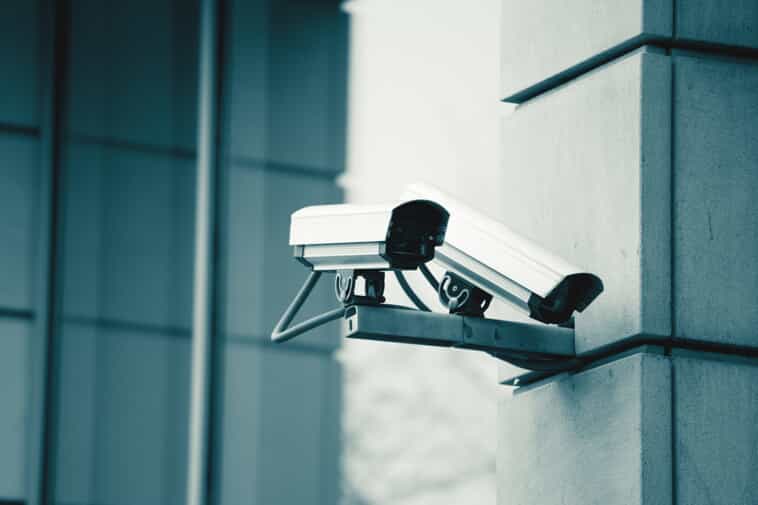
Most business owners are aware of the fact that if an individual slips and falls on the premises of their business, they could face a lawsuit. It is a business owner’s responsibility to understand the basic rules that pertain to slip and fall accidents. This will ensure that employees and visitors are safe and that the business owner avoids unnecessary lawsuits.
Premises Liability Cases
Slip and fall accidents are usually treated as personal injury cases. They include injuries that result from tripping over something, falling down, or getting hurt on the premises of the business. These all fall under the category of “Premises Liability Claims.” The owner of the business may be responsible for the injury and will be obligated to pay for the medical bills and lost income of the individual who was hurt as well as for the legal costs for defending their business.
A few conditions that could lead to slip and fall accidents inside of a business include poor lighting, torn carpets, wet floors, or narrow or unsafe staircases. Outdoor conditions that could lead to slip and fall injuries include broken sidewalks and uneven terrain that become even more dangerous with rain, snow, or ice. Determining who should be held responsible for a slip and fall injury requires careful investigation. The investigation would determine if the business owner acted irresponsibly and if their negligence led to an employee, customer, or visitor slipping and falling.
The following are some basic guidelines that are usually looked at in slip and fall cases.
Basic Regulations for Slip and Fall Accidents at Places of Business
An individual who is injured will need to prove that his or her injury was due to dangerous conditions that the business owner was aware of. The owner is responsible for not putting visitors at unreasonable risk. Some injuries are caused because an individual is careless. For example, a person may fall while on the premises of a business because he or she is not paying attention. In this circumstance, he would not be due compensation for the injuries he sustained. However, if the person was partially at fault, the business owner may still be legally responsible for covering some of the costs associated with the injury.
Here are some things an individual can use to show that a business or property owner was negligent:
· The business owner created the condition. This would include wet or slippery floors, torn or worn out parts of carpeting, or other trip hazards.
· The business owner noticed the condition and did not take corrective action. For example, a business owner could be held responsible for an injury if water was spilled on the floor and was not cleaned up within a reasonable time frame.
· The business owner violated statutes. This may include business owners not complying with local building codes that require handrails and other safety components to be installed in specific areas, like bathrooms or staircases.
Determining the Responsible Party
It is common for multiple parties to be held responsible in slip and fall cases on commercial properties. For example, small business owners often rent a space on a larger property. This means that the small business owner as well as the property owner may be defendants in a slip and fall case. Additionally, a management company may be involved if the company was responsible for maintaining and managing the property.
No matter if a person is the owner of the property, the owner of a business who rents the property, or if they are part of a management team, they all have the responsibility for making sure that employees, vendors, customers, and other visitors are kept safe. Even trespassers are protected under premises laws to a certain extent.
In cases where building owners are sued for negligence, business owners who rent office space usually carry the primary burden. These individuals have the responsibility to create safe conditions for visitors.
How Small Business Owners Can Effectively Handle Safety Issues
The number one priority of all business owners should be used to keep their visitors safe. They need to understand premises liability laws in order to prevent injuries. Small business owners also benefit from liability insurance. It is helpful when worst-case scenarios arise and business owners face lawsuits.
Even if a business owner purchases the best insurance out there and wins every case, their reputation may still be damaged. These practices will help business owners prevent injuries and claims:
· Business owners and other responsible parties should regularly inspect the premises and monitor for dangerous conditions.
· As soon as any dangerous condition is suspected or identified, it should be corrected immediately. This would include shoveling snow, cleaning up spills, and replacing worn out carpet.
· Display clear warnings if a dangerous condition exists but cannot be addressed immediately.
Performing regular maintenance of any commercial property will keep conditions for everyone safe. When business owners put safety first, they will have happy customers and will avoid expensive claims.

